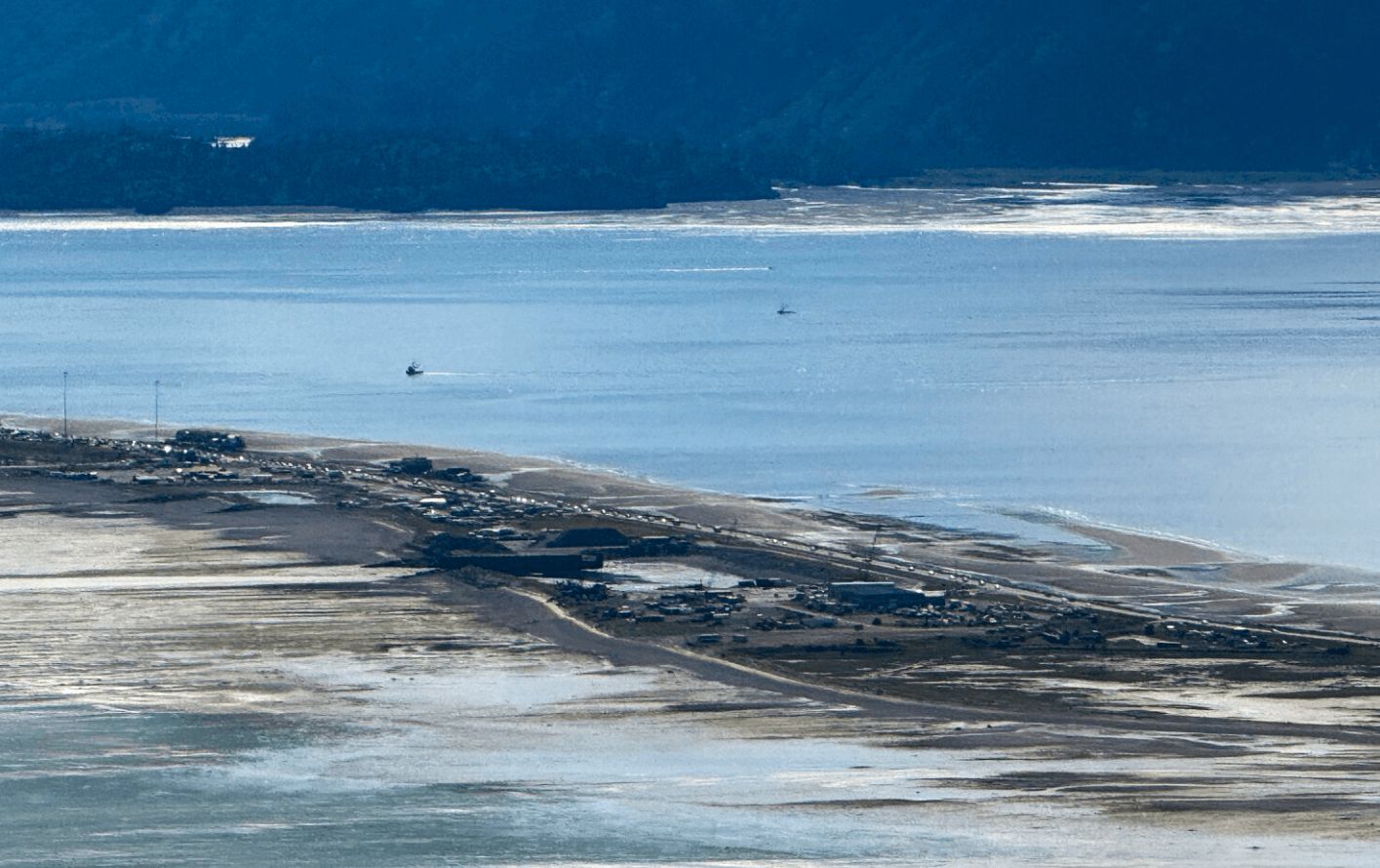- Conservative Fix
- Posts
- Tsunami Advisory Issued for Alaska Peninsula After 7.3 Earthquake
Tsunami Advisory Issued for Alaska Peninsula After 7.3 Earthquake
Massive quake triggers tsunami alert as coastal residents brace for potential impact in one of the most seismically active regions in the U.S.

A powerful 7.3-magnitude earthquake struck off the coast of Alaska late Tuesday, triggering a tsunami advisory for the Alaska Peninsula and raising fresh concerns for communities living in America’s most seismically vulnerable region.
The U.S. Geological Survey reported the quake hit about 54 miles south of Sand Point, a small town on the peninsula. The National Oceanic and Atmospheric Administration (NOAA) initially issued a full tsunami warning for coastal areas stretching from Kennedy Entrance (near Homer) to Unimak Pass, but downgraded it to an advisory as more data came in.
Earlier in the day, a 5.0-magnitude quake hit near Atka Village, part of an ongoing pattern of seismic activity in the region.
“Coastal Alaska communities live with the most serious tsunami risk in the United States,” the Alaska Earthquake Center warned.
That’s not an exaggeration. According to the center, more than 15,000 earthquakes have occurred in Alaska this year alone. And NOAA data shows that quakes of this magnitude between 7.0 and 8.0 occur roughly once a year, often with the potential to cause devastating tsunamis, landslides, or coastal destruction.
Here’s what to know:
Tsunamis can form from any significant land movement under or near ocean waters, including quakes, landslides, or volcanic activity.
NOAA issues tsunami warnings for quakes exceeding magnitude 7.0, particularly when wave forecasts show potential heights of more than one meter.
Tsunamis that cause local damage happen roughly twice per year, while destructive waves that reach far-off shores occur about twice per decade.
Alaska’s geological position makes it one of the most active earthquake zones in the world. It sits at the intersection of the Pacific and North American tectonic plates a dynamic and volatile boundary responsible for frequent seismic events.
Though no significant damage or injuries have been reported so far, residents in the advisory zone have been urged to stay alert, monitor NOAA updates, and be ready to evacuate low-lying coastal areas if conditions change.
This event is a stark reminder of how natural threats continue to pose serious risks to American communities, even as federal and state agencies try to improve early warning systems. Preparedness, not panic, remains the key for residents living near the edge of nature’s most unpredictable forces.
Share this alert and subscribe to our newsletter to stay informed on breaking developments in national safety.